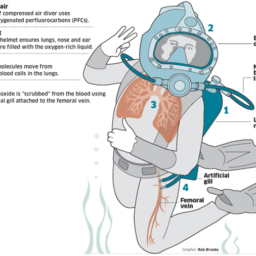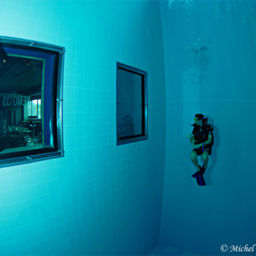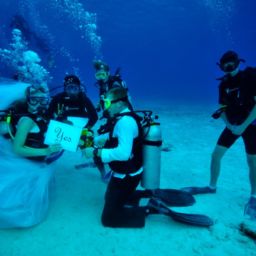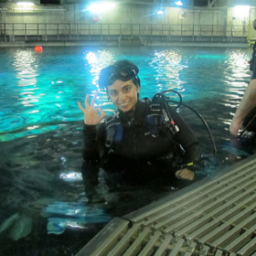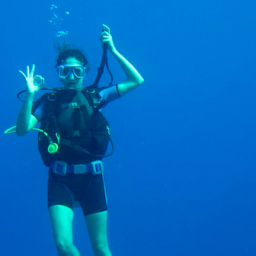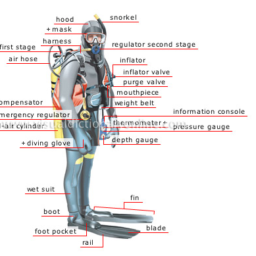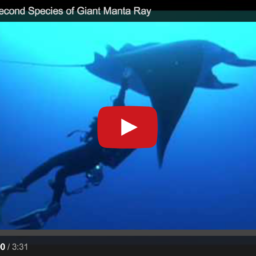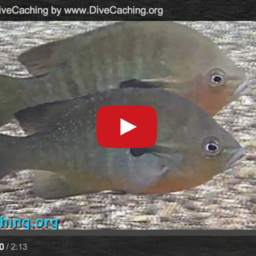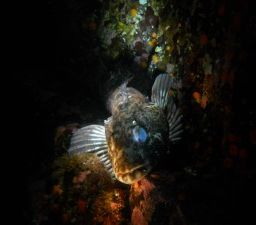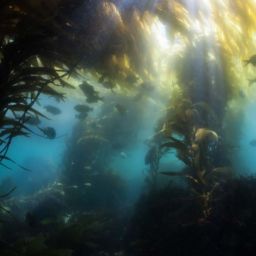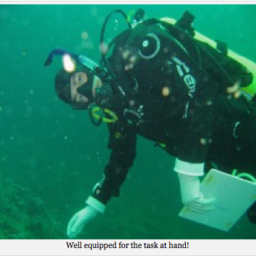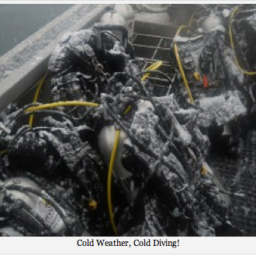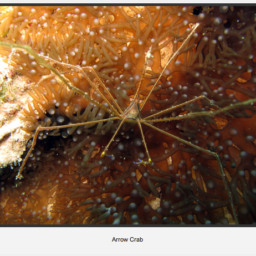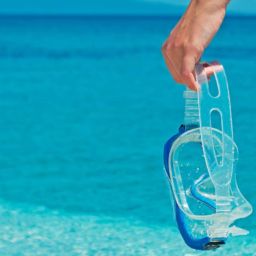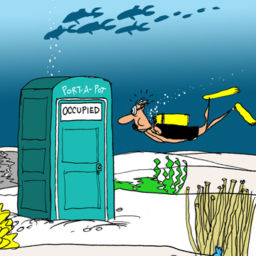I had heard from friends that this dive is just beyond amazing, and that “words can’t describe it”. The LA times marked this dive adventure as one of the top ten dives in the world.
I wasn’t sure about when to go to Hawaii until some snow hit Seattle, WA. The roads were icy and Thanksgiving weekend was days away, this was the signal I was waiting for — now was the time !!
I called up Jacks Diving Locker, to ask them about their Manta Ray PADI specialty certification. By the end of the call I had eight dives and four specialties booked. I was off to Hawaii the next day.
Once in Kona I ran to my hotel room dropped my stuff off and went immediately to Jacks. I got all the course work done and had myself sized for the gear I would need.
The next few days I spent doing my other specialties. Finally it was Friday – I had four dives booked and could not wait for the very last one. That one was the night dive with the Manta Rays. I spoke with many divers in the area, asking what the record count for Manta Rays seen was during the event and discovered that it was thirty six!
The Manta Ray dive is a two tank dive. Both dives take place at Eel Cove – although once the sun sets, the dive spot morphs into Manta Heaven.
After our first dive, the divers and snorkelers sat anxiously on the boat, listening to the dive masters instructions on what to expect down there. They also informed us that about 17% of the time there are no Mantas. Hearing this, my heart sank.
During our first dive one of the dive masters had placed lights in a specific area called the ‘campfire’. As we waited on the boat and watched the sun set, we saw the lights through the oceans water. The lights attract plankton and Manta Rays eat plankton. Manta Rays actually need to eat 10% of their body weight each week, so you can imagine how much plankton they need. Some Manta Rays are well over one thousand pounds.
Once it was time, we put on our gear and waited for our turn to drop into the ocean. Lights in one hand and cameras in the other, we started our descent down to the campfire. As I sunk down to the bottom, I could see at least twenty other divers there already, their lights shining up towards the surface. I found a place to settle and looked up at the snorkelers dangling feet. The event in itself even without the Manta Rays is quite an experience.
We waited about ten minutes and BOOM, a male Manta Ray came into our man made beam of light. Somersaulting through the ocean, collecting plankton. Most divers eyes were wide open, from viewing the sheer beauty of the animal. A good fifteen minutes went by and the Manta disappeared for a bit. Our leader Keller decided to take us on a little adventure.
We found an Eel between some coral, we watched as he pecked into some coral and pulled a good sized fish into his mouth. He then dropped back into the coral with his new dinner – something I had never seen before.
The Manta returned and we went back to enjoy more of it’s beautiful movement underwater. At around sixty minutes most of the group had gone back up to the boat. Keller was writing questions on his slate about the Manta. This is part of the Manta Ray specialty dive. Then he wrote that it’s time to go up. I followed him as he grabbed the milk carton of lights. We swam towards the boat when suddenly he dropped the carton. He started banging on the back of his tank, a special signal to let me know that he could see something. I thought that there may be some more rays, then I looked up to see his lights moving further and further away from me. I started kicking hard to try and catch up with him, I glimpsed down at my computer to see that we had gone from 30ft to about 60ft. I then heard the sound of dolphins, but I couldn’t see them yet. I swam around with my light about 20ft from Keller, and suddenly saw three dolphins swimming around him and his camera. I started making noises to call them over, praying that they would come to say hello to me. It worked, they swam over to me and I got to say my hello. We stayed there for a good 10 minutes and then I signaled to Keller that I needed to go up as my air was below 500 psi at this point. We headed to the surface.
When we got to the surface I quickly forgot about getting on to the boat as the Manta Ray was now directly below me. He had moved away from the campfire as nobody was there anymore with lights. Another diver and I were floating, shining our lights watching the Manta collect more plankton. The Manta Ray did more somersaults below us, lifting us slightly out of the water on each full rotation. What more could happen? Well something did –the dolphins surfaced and were no more than 7ft away from us!
They swam by and as if to say hello, my attention quickly shifted back to the large Manta swimming just below me. This dive was so precious and I was close to crying out of happiness. I got back on the boat and sat at the edge, just watching the Manta collect more plankton.
The boat took us back to the harbor and Keller showed us his footage. I am so thankful he captured the dolphins as my camera had run out of batteries. We all watched and stared at the wonderful moment we have all just experienced.
The next day I was sitting on Jacks boat, trying to figure out how I could go on the Manta dive again. Jacks don’t go out on Saturday and Tuesday. So I called up Kona Honu and booked myself on their Manta Dive. I was hoping to see more than one Manta feed. I got to experience one Manta Ray again! This time a female, much larger than the last. They call her Big Bertha! Although the dive was not the same as the first, however, the utter beauty of watching a Manta Ray feed underwater is something that I will not forget but hope I will get to see many, more times again. I will go back in search of seeing more than one Manta. It was the most amazing experience of my life (so far).


